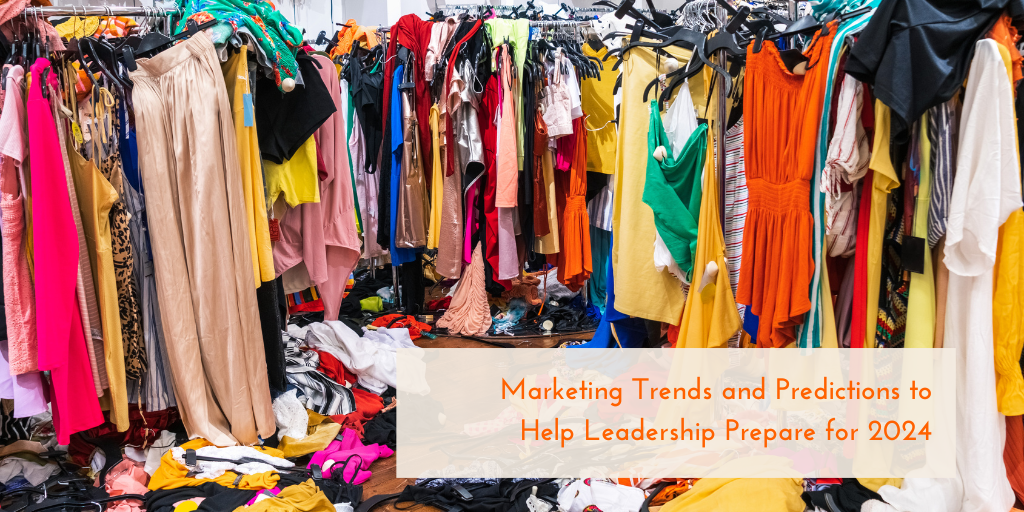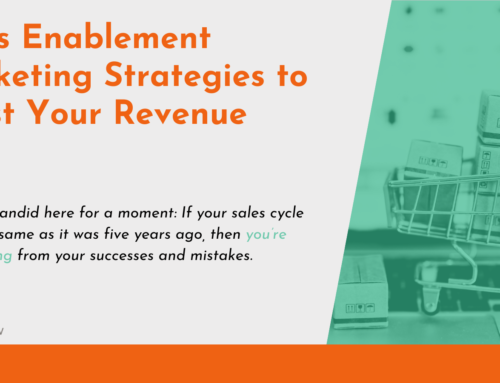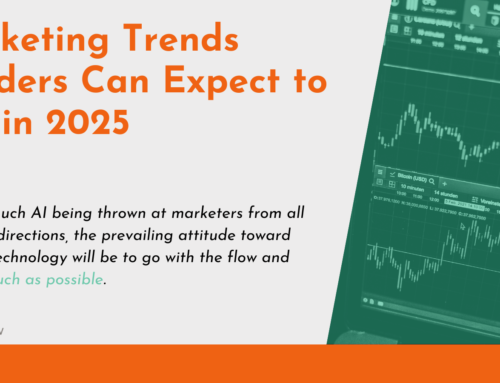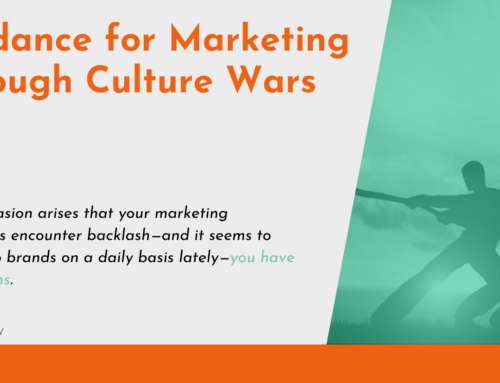
With a new year around the corner, you probably already have many of your strategies in place, or at least in progress. You probably already have your eye on several potential marketing trends you expect to emerge in 2024, as well as current trends you expect to see either wither or flourish. Let’s take a look at the things we expect to see in the next twelve months.
The Tug-of-War Between AI and Authenticity
Artificial intelligence is obviously here to stay…at least for some time. We’ve discussed the potential benefits and pitfalls before, but there’s one battle that we expect to see more of in 2024. That’s the continual tug-of-war between generative AI and consumers’ need for authenticity.
While artificial intelligence has made impressive strides in the past couple of years, it’s still learning. Marketers have used it to great effect with iterative activities, such as analytics, automation, security, and forecasting. Where AI continues to fall short is with authenticity.
If you’re like most company leaders, you’ve worked hard to develop and maintain your brand. A large part of that brand is your voice, your messaging, and your tone. When that slips, your customers may lose a little bit of trust. Can you be sure AI content has the ability to capture your brand voice for an authentic experience? If not, 2024 may still see your marketing department creating content with humans.
The Tug-of-War Between Privacy and Personalization
Over and over, buyers have made very clear that they get a little freaked out when marketers track their activities and behaviors. In answer to calls for privacy, Safari, Chrome, and Firefox browsers have all limited the use of third-party cookies for tracking. What’s a data-based marketing strategist to do?
This, on top of the fact that 87% of consumers expect some form of personalization in the marketing messages they receive. It’s hard to get personal without the data. To personalize content, you have to get the information from somewhere. That’s why 69% clarified they want to see personalization based on data they’ve personally supplied to the business.
For these reasons, you can expect to see many more brands employ techniques to collect first-party data—or information directly from the customer. Some of the most popular options are loyalty programs. Consider how Kroger has recently rolled out their retail media marketing program, Kroger Precision Marketing. Using information buyers willingly provide through the use of their Kroger Plus cards, CPG brands can target consumers with personalized offers.
The Tug-of-War Between Sustainability and Fast Fashion
At the heart of the sustainability vs. fast fashion battle is the latest generation to discover their spending power: Generation Z. Fast fashion essentially flies in the face of sustainability, with some retailers releasing upward of one thousand new designs each year. These clothing articles tend to be immensely affordable–some dresses and shirts going for less than five dollars–and also made with cheaper materials in areas of the world where a minimum wage is not required. Most of the clothing purchased ends up in landfills within two years.
In studies, 54% of Gen Z say sustainability is important when considering brands. In the same breath, 62% of the same buyers say they purchase from these fast fashion retailers monthly, and 17% say they buy something every week.
Sustainability isn’t just a Generation Z wish. Millennials and even Generation X consumers have also voiced a desire for more sustainable brands. The problem comes when sustainability isn’t as affordable as fast options—with fast, cheap options taking the place of any other brand that strives to provide timely, trendy products for consumers, regardless of the industry.
Consider the food manufacturing industry, which relies largely on mega-farms with the potential for mistreatment of animals to produce the enormous amounts of food Americans need on a yearly basis. Eco-friendly brands may be what Generation Z and Millennials want, but that takes a back seat when it comes to what these generations can afford.
For that reason, expect to see more brands highlight their sustainable practices wherever possible in a bid to reach these buyers—but you can fully expect younger consumers will continue to purchase fast fashion and food brands sourced from mega farms as long as the prices are right.
As you can see, 2024 promises to be a delicate balance as marketing trends emerge, change, and grow. Keeping a finger on the pulse of the buyer is the smartest way to ensure you move with the masses to reach buyers when and where they need you.
For help developing marketing strategies that take these continuing battles into account, reach out. We’re here to help your marketing leadership weather the coming changes.





